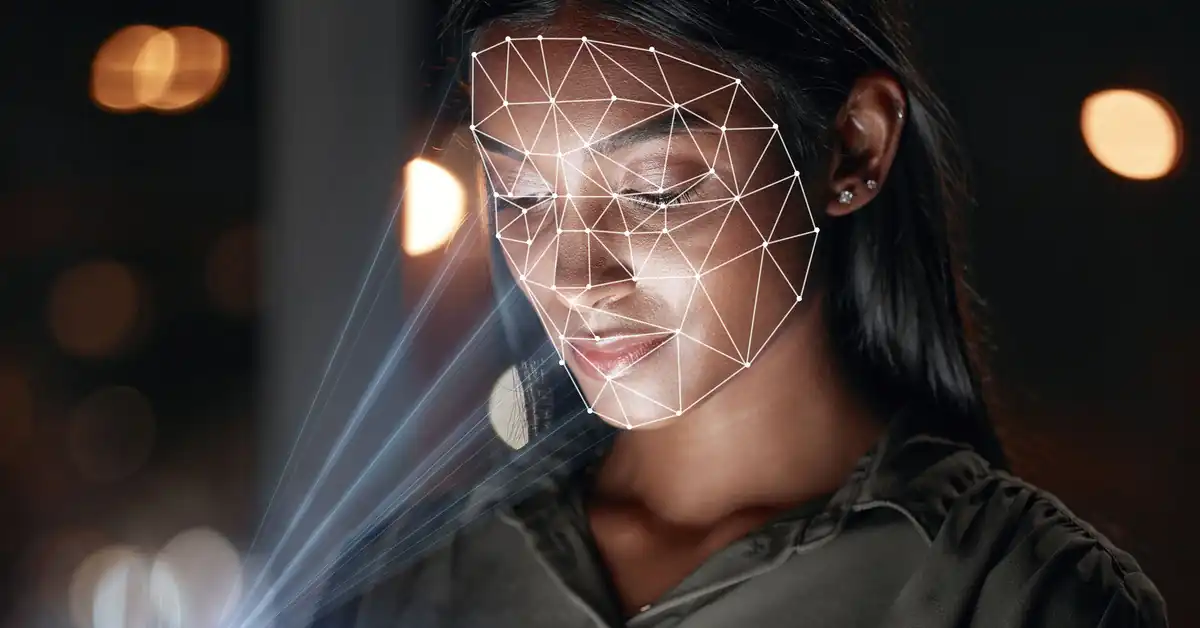Facial recognition—it’s something we’re all familiar with. From unlocking our phones to getting through airport security; what was once an idea reserved for science-fiction films has become the new way to secure data and identity in the modern world.
A New Era in Authentication
Previous systems of face recognition technology tended to be slow, inefficient, and error-prone, but thanks to AI breakthroughs, that has since changed. Today’s systems provide incredibly fast, reliable, and accurate solutions. This is why so many businesses and individuals have come to rely on a face recognition online provider for added security and ease.
How It Works
Essentially, face recognition technology measures unique characteristics of an individual’s face, such as the distance between your eyes and the shape of your jawline, and stores this data in a way very similar to a database storing one’s fingerprint. When an image is ‘tagged’ by this technology, that information is analyzed, and the data is then compared against any existing photos to help verify your identity.
And it all happens in a matter of seconds, which is a best-case scenario for applications where the focus is on security validation and speed. That’s why face recognition has become so popular for device unlocking or security surveillance—it happens in the background and makes the authentication seamless.
Practical Uses and Future Potential
Chances are you’ve probably used some version of facial recognition. Whether unlocking your smartphone or checking into a flight at the airport. Its use is rapidly expanding, making everyday tasks smoother and more secure.
If you are looking for a more detailed comparison of facial recognition versus other types of biometric recognition, feel free to read here for more information.
But with increased usage come additional privacy concerns. And though face recognition technology helps us secure our online privacy, we also need to consider consent, user transparency, and regulations to responsibly utilize this technology as it continues to develop.
Face recognition is a permanent fixture in our modern world and is set to only become more deeply integrated in the minutes of our lives.









